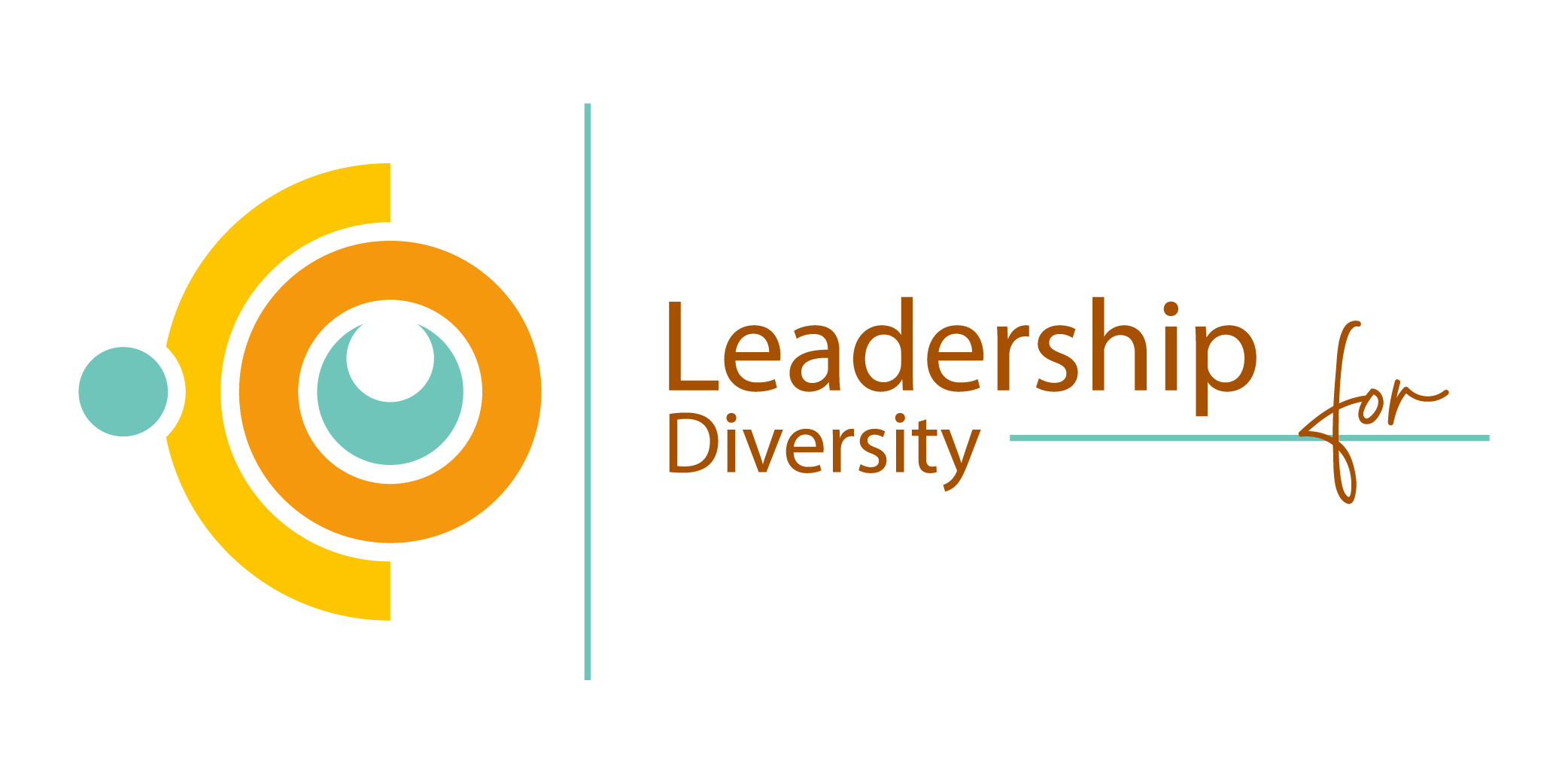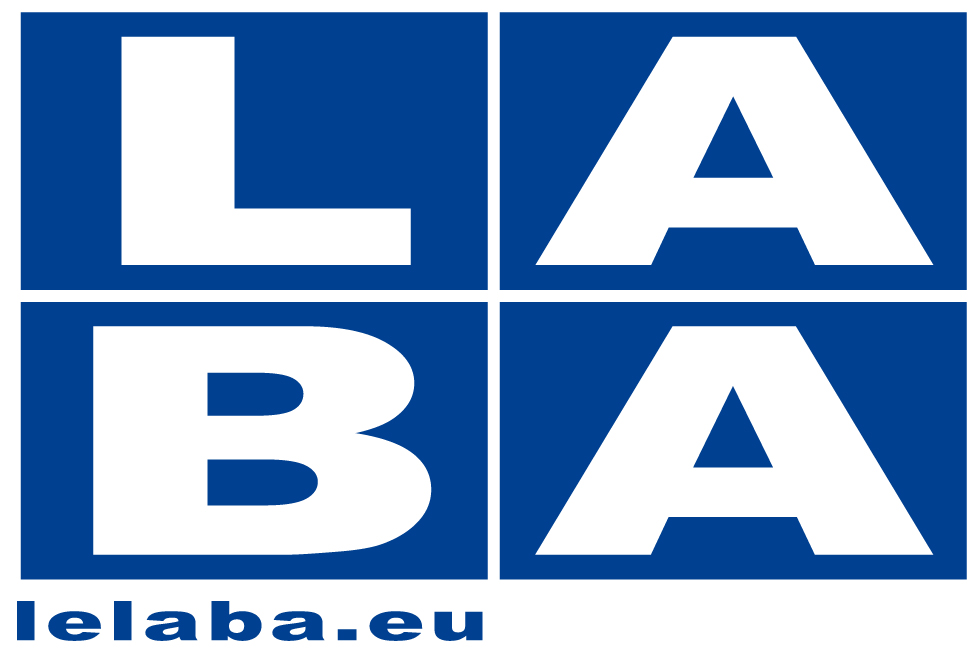Microaggressions are mostly everyday remarks, questions, behaviours that can be experienced as disrespectful, painful or harmful due to fostering (negative) stereotypes or preconceived ideas, mostly concerning marginalised groups in our society. Through this exercise participants will reflect about these situations and think about best ways to handle them.
The facilitator will offer the participants two different situations, representing common examples of microaggressions in our daily life. Participants share their thoughts about it and how they would react if they face something similar.
Divide the group into small teams. Give each team a different written case. The cases you should have them prepared beforehand. You can ask one team member to read it out loud for its team. Here are two examples of microaggressions situations:
Case 1. As a bystander, or in just passing by, you experience the following: Four male colleagues have a discussion at a table in the canteen. One table further sits a female colleague who overhears the discussion. She decides to make a contribution. According to one of the men, the remark of the woman is not correct. Another man then says the following: ‘That is exactly why women should stay in the kitchen!” and all other men laugh. The woman remains silent. What would you do?
Case 2. You are the co-teacher of a female teacher of Turkish descent. All of your colleagues know that the female teacher is a Muslima. She does not come to work wearing a headscarf. But then one day she does. There are reactions from colleagues, some reactions are positive, other reactions are less positive. You overhear one colleague making the following remark: “Oh, are you married now? Does your husband want you to wear that thing? What would you do?
You should adapt your cases to the national reality and the specific realities of your participants. These are just general examples, but your cases should follow similar structure: Simple and clear.
After you have handed over the written situation, ask them to discuss it as a team. Give them 6-8 minutes to do so. Then, each team will share their example and case with the rest of the group. After that, you could finish the activity by giving some hints on how to act in case of a microaggression.
Debrief: Consider sharing three possible bystander reactions:
- To ask for further clarification (additional information, details, reasons)
- To separate intent from impact (seek for difference between meaning and effect)
- Sharing what you observe (share pure observation, not an interpretation)
Microaggressions are considered the base of the so-called ‘pyramid of hate’. When microaggressions continue, this may lead to aggravated forms of aggression like bullying, discrimination and violence.
Website: n/a








